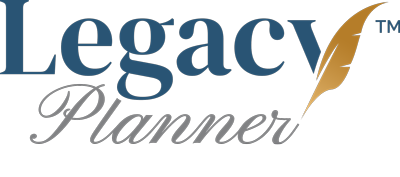A few weeks after donating to a youth literacy nonprofit, my friend Elena received a surprising email. It wasn’t the usual automated receipt or slick newsletter, but instead was a short video from a second-grade teacher. In the video, the teacher stood in her colorful classroom, holding up a book. “Hi Anne,” she said with a smile. “Thank you so much for your generous support. Thanks to you, my students were able to take home their very first books this year. You’re helping build lifelong readers. We are so grateful!” That 60-second video made Anne feel seen, appreciated, and deeply connected to the mission, and she became a monthly donor just two weeks later. In an age of digital overload, a heartfelt, personal thank-you video stands out. It fosters emotional connection, boosts donor loyalty, and converts one-time donors into long-term partners. And the best part? It only takes about a












